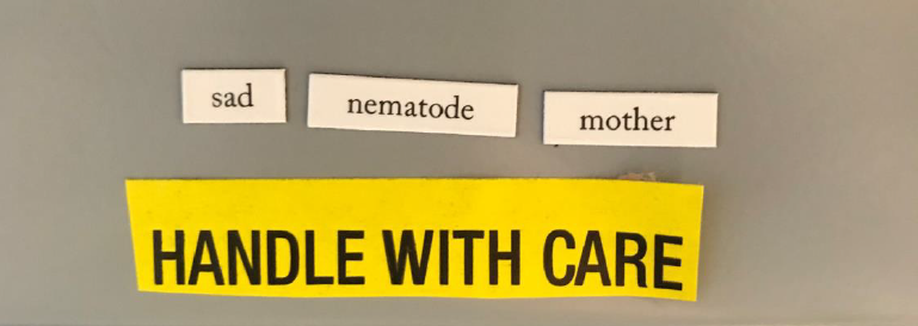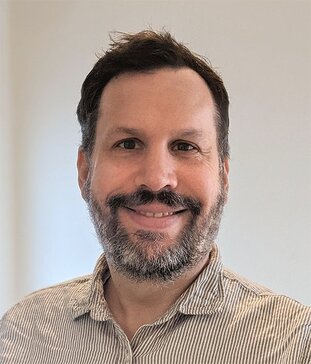
Michael Hendricks
Michael started at McGill in 2013. He currently holds a Canada Research Chair in Neurobiology & Behaviour and is an Associate Professor in the Department of Biology. He has a BA in Biology from Bowdoin College, a PhD from the National University of Singapore, and did postdoctoral research at Harvard University. He was drawn to studying C. elegans under the false pretense that having fewer neurons would make it easier.
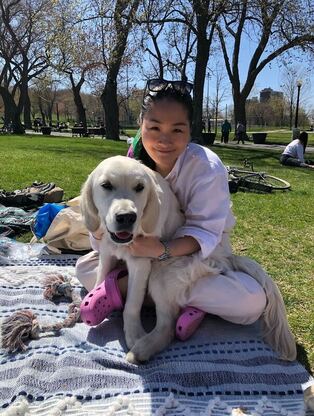
Maggie Chang
Maggie joined the Hendricks lab as a PhD candidate in 2022. She is interested in investigating how sensory neurons respond to chemical gradients and how graded signals get encoded in the nervous system.
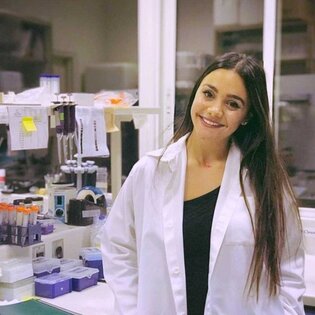
Nour Halaby
Nour Halaby is an international PhD student in the Biology department at McGill. She is currently working under the guidance of Dr. Michael Hendricks to study learning and memory in C. elegans. Nour Halaby holds a masters degree in Biology from the American University of Beirut (AUB) where she worked in a neuroscience lab on characterization of the molecular mechanisms by which the Rb/E2F pathway regulates adult neurogenesis in the olfactory bulb. During her academic years at AUB, she was an elected member of the student representative committee for the faculty of arts and sciences. While Nour is career-focused, she enjoys traveling the world and exploring new cultures. Nour is also passionate about gym and staying active; however she is constantly torn between looking like a snack or eating one.
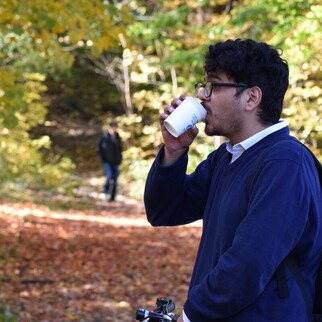
Jorge Luna-Herrera
“Maybe I was born to feed the worms… but will they feed my soul?”
- Jorge, after drinking several cups of coffee
Jorge joined the Hendricks Lab in 2019. He is interested in understanding how stressors shape the behavior of C. elegans, particularly in animals that go through dauer stage. He is pursuing to elucidate the mechanisms that modulate foraging in postdauer worms. When he is not in the lab, he enjoys jogging, photographing nature and buildings, listening to music, and sketching.
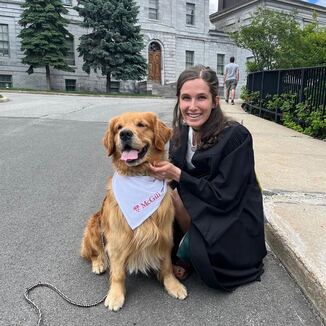
Hannah Owens
Hannah is a PhD candidate in the Integrated Program in Neuroscience. She uses calcium imaging to study how reciprocal connections between head motor neurons and interneurons in C. elegans allow the animal to monitor its forward locomotion and adjust motor output accordingly.
When she isn’t looking after her worms, you can find her cycling, canoeing, or camping. She also enjoys eating St-Viateur bagels, listening to way too much Taylor Swift, and petting dogs.
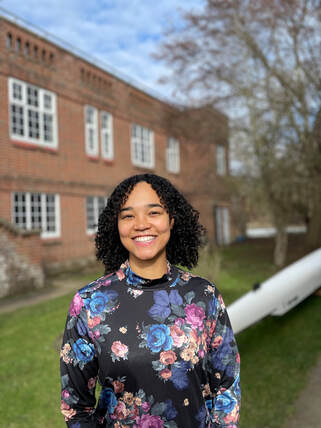
Taylor Shirtliff-Hinds
Originally hailing from Toronto, Taylor Shirtliff-Hinds is a PhD in Biology student in Michael Hendricks’ lab, having joined the group in 2023. Her research explores the complexities of coordinated movement by modelling human ataxias in C. elegans. Broadly, she explores how the genes expressed in individual neurons (and groups of neurons) guide animal behaviour. Taylor studied Neuroscience and German in her undergraduate degree at Harvard and has an MSc in Neuroscience from Oxford. Having lived and worked in Canada, the US, Germany, and the UK, she is excited to open a new chapter of her life in Montreal and continue her research at McGill. When not in the lab, Taylor enjoys singing, eating peanut butter, cooking Mediterranean food, learning new languages, and trying out new sports.
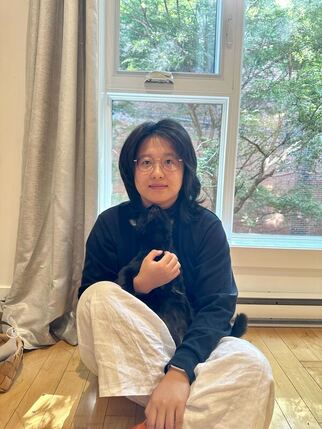
Yue Wang
Yue Wang is an international PhD student in the Integrated Program in Neuroscience. She is currently working with C. elegans, focusing on comprehending their learning and memory circuits. Yue earned her master's degree in medical engineering from UESTC, where she specialized in building neural dynamics models to simulate neural activities related to epilepsy. Outside of the lab, Yue finds joy in activities such as window-shopping, swimming, cycling, camping and petting her cat.
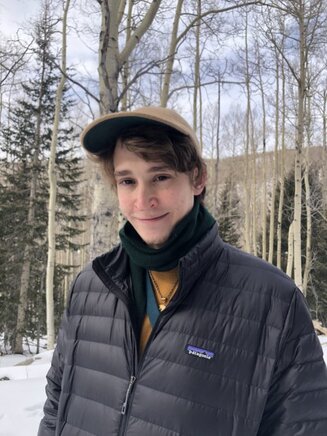
Sebastian Wittekindt
Sebastian is a PhD candidate in the Integrated Programme in Neuroscience at McGill. His research project in the Hendricks Lab seeks to understand the way that the RIA interneuron integrates sensory and reafferent motor signals to calculate the strength and direction of a chemical gradient during food seeking behaviour. To do this, he is adapting a computer vision system to record the neural dynamics inside RIA using calcium imaging, while the worms are performing natural motion. This approach combined with deep learning inference and computational modelling will hopefully give us a better understanding of how this complex calculation can be performed in such a simple circuit.
After a long day of angrily debugging unexplainable errors, Sebastian like to unwind by rock climbing, listening to music, reading about history, and cosplaying as a digital viking.
